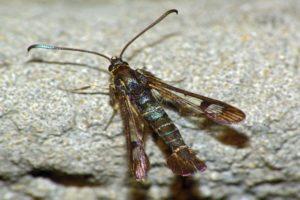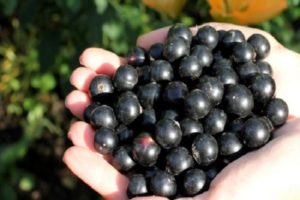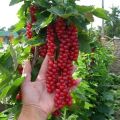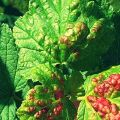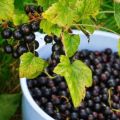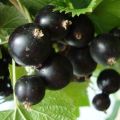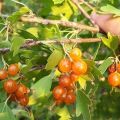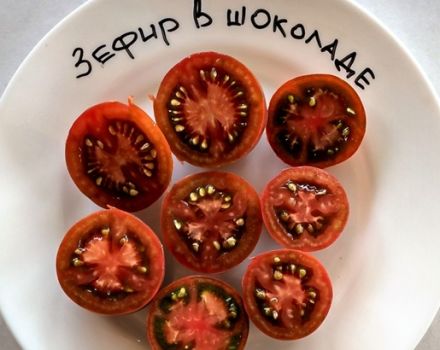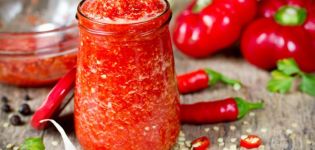Description and characteristics of the Ilyinka currant variety, planting and care
It is impossible to imagine a garden without currants. These plants are long-lived among berry crops. In the second year they already bear fruit, and in the third year they give a full harvest. If the care of the plant is correct and constant, then the harvest can be up to 15 years, annually. Experienced gardeners have long decided on the best large-fruited currant varieties. One of them is the Ilyinka currant.
Description and characteristics of currant Ilyinka
To plant Ilyinka currants in your garden, you need to study the description of the variety. Breeders bred the Ilyinka variety in two colors: red and black. They have almost all the characteristics, but there are some differences.
Ilyinka red
This variety is suitable for a region with a cool climate. It tolerates frosty winters and dry summers well. The bush is dense, medium-sized and branched, bears fruit annually. In the middle of summer, large berries ripen on the bushes (weighing about 1.6 grams each), which have a dark red, almost burgundy color. They taste sweet and sour and aromatic. The brush hangs down 4-6 centimeters.
During the season, up to 5.5 kilograms of currants can be collected from the bush. Shoots are erect and thick. The leaves are five-lobed, large to medium in size, dark green in color. Practically not susceptible to disease.
Ilyinka black
The bush reaches a height of 1.4 meters, dense, moderately spreading. Has a pyramidal shape. Does not need support. On the fruit cluster, the length of which reaches 4 to 6 centimeters, large berries grow (weighing about 5.0 grams each). Sweet, have a dessert, pronounced currant taste.
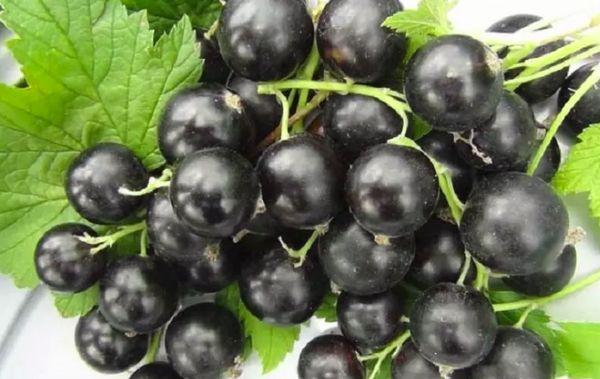
The variety is high-yielding and cold-resistant. One plant can produce up to 5 kilograms of fragrant berries. When picking, the berries do not crumple or crumble. All fruits ripen at the same time. Well transported. The variety is moderately resistant to septoria, not affected by powdery mildew.
Main advantages and disadvantages
Like all currant varieties, Ilyinka has its own positive and negative characteristics. The former are much more numerous than the latter.
| Advantages | disadvantages |
| Large berries | With improper care, the berry quickly becomes small |
| Excellent taste | Fertilize regularly |
| Disease and pest resistance | The shoots grow very quickly |
| Productivity is high | |
| Frost resistance | |
| Early maturation |
Black and red currant berries are very well transported and do not wrinkle.But if we talk about the demand for these two berries, then gardeners are more interested in the black variety Ilyinka.
The subtleties of growing varieties
For a decent harvest, you need to know some of the tricks of growing currants. The composition of the soil is very important for this plant. Sweet varieties of currants need to be fed and chosen a place on the site.
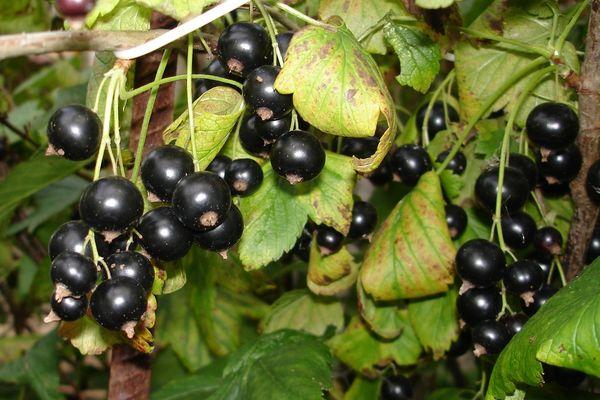
Time and place
The right time to plant is late summer or the first month of fall. During this period, the roots are well strengthened. If a seedling is planted later than September, then its roots will not have time to develop and gain a foothold, and this will lead to the death of the plant.
For planting, choose a place that is sunny and protected from northern winds (sections along fences, paths). A bush planted in the shade begins to ache, its berries become smaller, and there are much fewer of them.
The soil is necessarily loose, without stagnant water. They are planted on light loamy, sandy loam and medium podzolic soil.
Selection and preparation of planting material
The best planting material is biennial plants with well-developed roots. The number of shoots is not so important, since they still need to be cut off when planting. You can ask the seller to make a cut on the shoot. If blackness is visible on the cut, then the plant destroys the glass. Don't buy it. A healthy seedling - no signs of wilting, with clean leaves and no dark spots on the shoots.
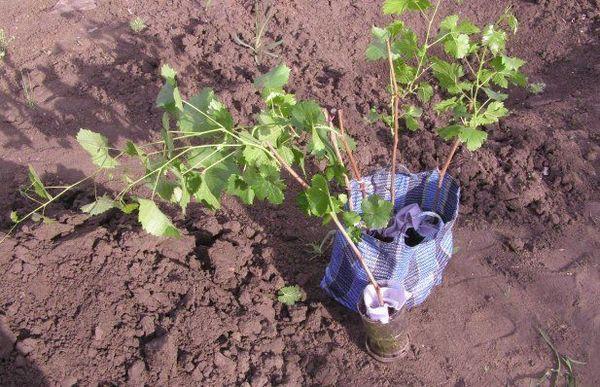
If seedlings with open roots are not immediately possible to plant, then after purchasing them, they must be placed in water or temporarily buried in partial shade.
Planting process
The place for planting currants must be prepared in advance (approximately 2-3 weeks) so that the earth settles. This requires:
- Dig a hole half a meter deep and wide.
- Mix the soil from the pit with 8-9 kilograms of compost, 200 grams of superphosphate, 30-35 grams of potassium sulfate and wood ash. Then fill the hole with the resulting substrate and pour 2 buckets of water. When the liquid is absorbed, you need to mulch with sawdust.
- The pits must be made 1.5 meters apart.
Important! This process will feed the young seedling. If there is no time to do this, you can purchase a ready-made composition and fertilize the soil with it.
After two weeks, the seedlings are planted in prepared, nutritious pits, maintaining an angle of 45 ° C. It is important that the root collar is buried 50 millimeters into the ground. The roots must be carefully laid out in the hole. Through this process, new roots and shoots begin to grow from the buds in the ground.
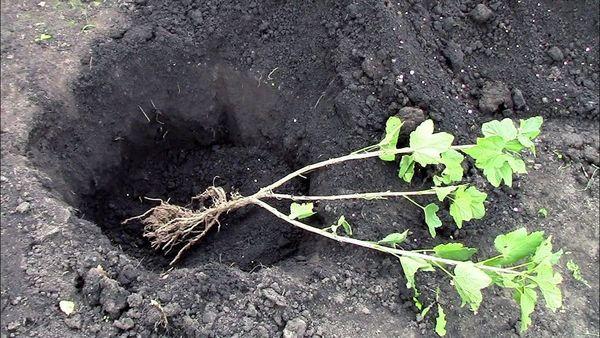
The bush is strong, with powerful erect branches. Then the pit is covered with earth (a small amount), tamped tightly and filled with water. After absorbing the liquid, the soil is poured into the hole and mulched with sawdust to prevent the appearance of an earth crust.
In order for the bush to develop strong and strong, it is necessary to cut off the shoots to 10-15 centimeters, leaving 5 buds on the stem. In dry weather, plants need watering a few days after planting.
Further care of the plant
Care includes: watering, forming a bush, fertilizing, controlling disease and pests, and preparing for the winter season.
Watering rules
Currants need regular watering, as they are very moisture-loving. It should be done about 2-3 times a week. Lack of moisture leads to a decrease in yield. For one watering, one bush requires 3-4 buckets of water. Black currants are more demanding for watering.
Top dressing and fertilizers
If all the necessary nutrients were added to the hole during planting, then the currants are not fed for 2 years. In the spring, starting from the age of 3, nitrogen-containing fertilizers are applied (50 grams of urea per bush). From 4 years old, 20 grams of urea is used per bush, but twice a year.
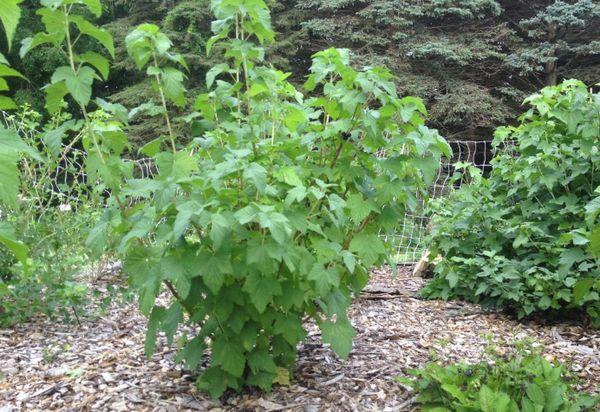
In the fall, they bring under the bush:
- about 5 kilograms of organic matter (compost or chicken droppings);
- 50 grams of superphosphate;
- 15 grams of potassium sulfate.
You need to feed the currants with this method every year.
Bush formation
The first pruning is done immediately after planting. Every year, cut off the excess shoots that have borne fruit (5-6 years old). The bush should have a wide base. The middle of the bush should be light and not thickened. Only then will there be uniform and abundant fruiting. The correct bush consists of 16-20 strong shoots of different ages.
Preparing for winter
Black and red currants of the Ilyinka variety are winter-hardy and do not need shelter. But there are other necessary work to prepare for the winter:
- Autumn pruning of a bush. Remove dry branches, thin shoots lying on the ground.
- Cleaning shrubs from fallen leaves.
- As soon as the minus temperature is established, the currants must be tied with a rope in a spiral and pulled off.
Protection against diseases and pests
Plants are treated against diseases and pests in spring and autumn. Diseases rarely progress on strong shrubs. But prevention is needed.
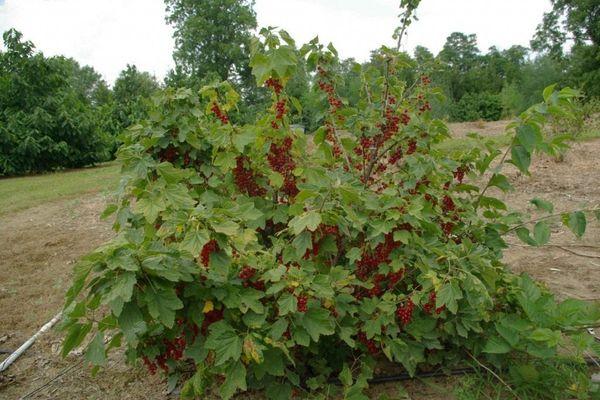
In early autumn, the bush is treated with copper oxychloride (diluted with 40 grams per 10 liters of water) or 1% Bordeaux liquid. The soil around the bush is also sprayed. In early spring, spraying is carried out before the buds swell with such preparations: karbofos, copper sulfate or Bordeaux liquid.
For the prevention and destruction of pests and their larvae, currants are poured with boiling water at the end of winter. To enhance the effect, manganese is added to the water. As soon as the snow melts, the ground around the plant is treated with copper sulfate.
Reproduction
It is not necessary to buy seedlings. You can propagate currants yourself:
- lignified cuttings;
- apical cuttings;
- green cuttings;
- layering shoots;
- dividing the bush.
Cleaning and storage
Ripe berries are harvested only in dry weather. You can collect the brushes as a whole, for further transportation, or partially - with non-simultaneous ripening of berries (ripen during storage).
If currants are intended for processing (jams, compotes, juices), only berries are picked.
Store berries:
- in refrigerators at temperatures from 0 to 0.5 ° C, with a humidity of 85-90%. In this way, it will be possible to store up to five weeks;
- in cellars, basements, glaciers at 0 ° C, in sealed bags. Shelf life - 2 months;
- in a freezer at -2 ° C. Freezer bags or containers. Stored until the next harvest.
The Ilyinka variety is in great demand among gardeners, as it has a lot of positive qualities. If you follow the rules of planting and caring for him, then the crop can be harvested every year.
